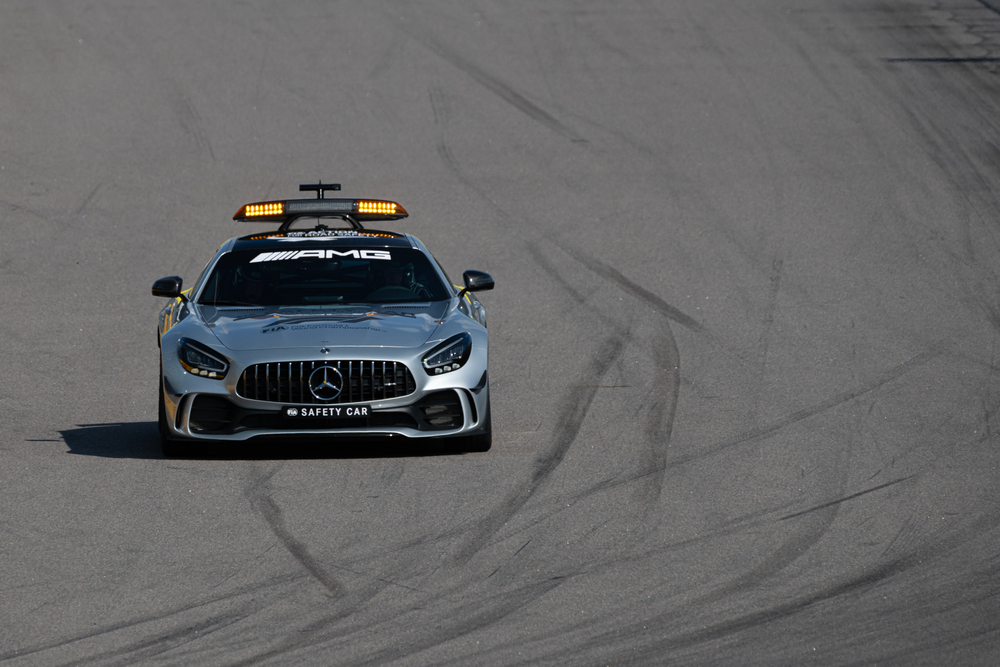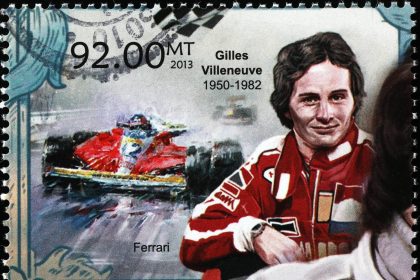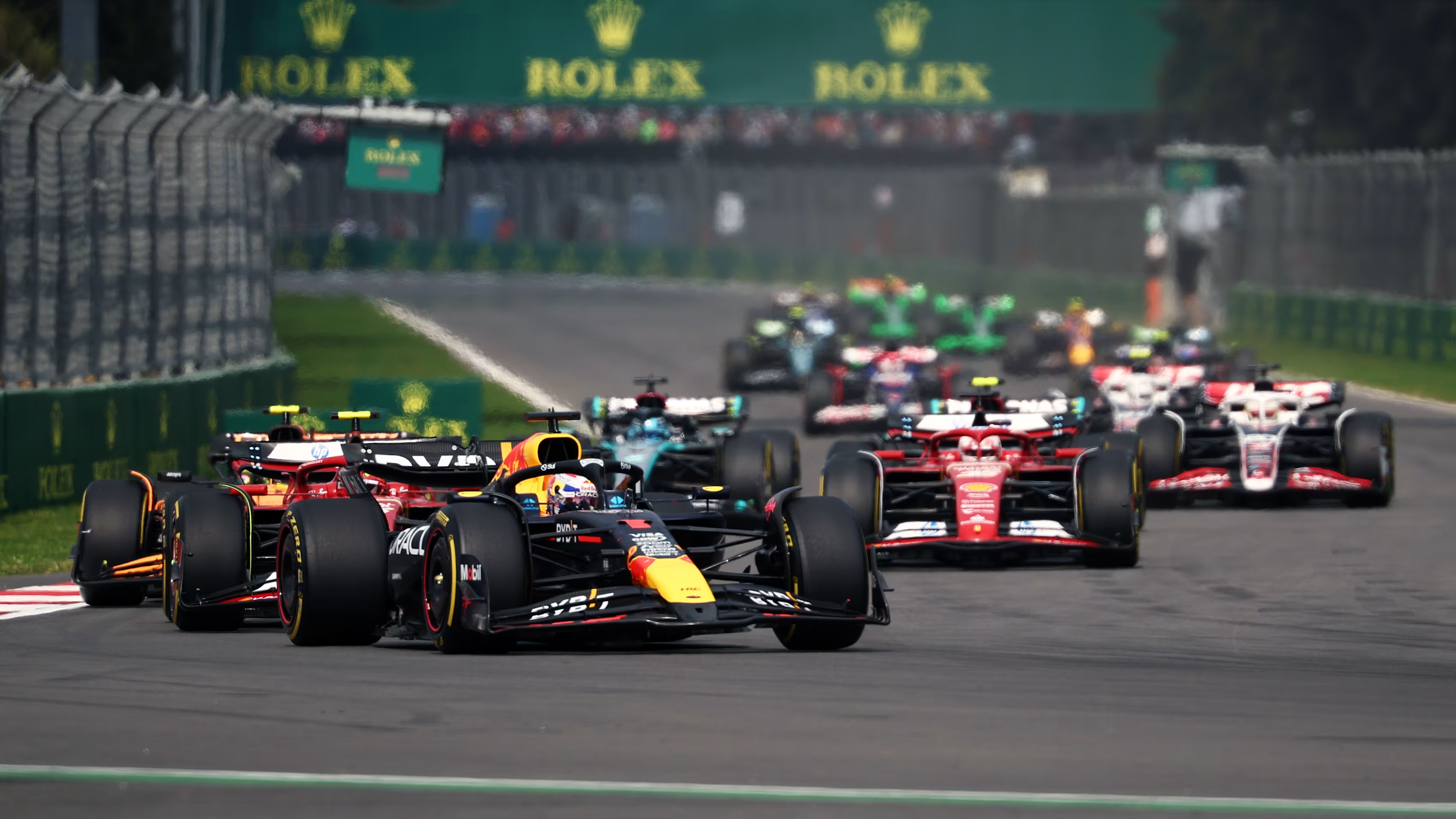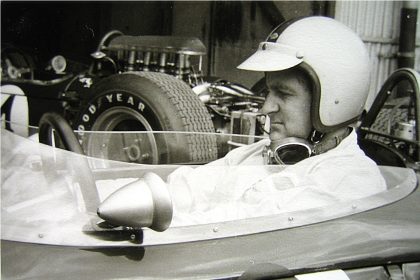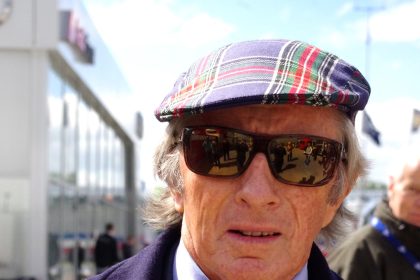The Virtual Safety Car: How It Changed F1 Races
The Day F1 Changed: From Tragedy to Tech
Let’s set the scene: Suzuka, 2014. Rain is pouring, visibility is trash, and Jules Bianchi’s Marussia slams into a recovery vehicle. The paddock goes silent. The world of Formula 1 is shaken to its core. That crash didn’t just break hearts—it broke the old way of thinking about safety. The FIA knew they had to do something. Fast.
- The Virtual Safety Car: How It Changed F1 Races
- The Day F1 Changed: From Tragedy to Tech
- What Even Is the Virtual Safety Car? (And Why Is It So Nerdy?)
- The Real Reason the VSC Exists: Jules Bianchi and the Wake-Up Call
- How the VSC Actually Works: Engineering, Algorithms, and a Lot of Math
- How the VSC Changes Races: Strategy, Luck, and Pure Chaos
- The VSC vs. the Real Safety Car: Which Is More Annoying?
- The VSC in 2025: Still Evolving, Still Controversial
- TikTok Take: Why the VSC Is the Ultimate F1 Meme
- The Buzz Online
Enter the Virtual Safety Car (VSC): a system that would change the DNA of F1 races forever. But why did it take a tragedy to make it happen? And how has this digital yellow flag turned strategy, luck, and even fan debates upside down? Buckle up, because this is the story of how the VSC became F1’s most controversial “invisible car.”
Fernando Alonso, after the first VSC test (RaceFans.net) said:
All us drivers agree it’s a very worthwhile idea, we just need to get used to it.
Watch Chain Bear’s explainer on how the VSC works
What Even Is the Virtual Safety Car? (And Why Is It So Nerdy?)
Okay, so the VSC isn’t a car. It’s not even a hologram of a car (though, FIA, if you’re reading this, please make that happen). It’s a digital system that tells every driver to slow down to a specific “delta” time—basically, a minimum lap time calculated by the FIA for each track. Drivers see a target on their dash, and if they go too fast, boom: penalty.
Why not just use the old-school Safety Car? Because sometimes, you don’t need to bunch up the field and ruin everyone’s hard-earned gaps. Sometimes, you just need everyone to chill for a minute while marshals clear up a bit of debris or a car in a safe spot.
The VSC is like the pit lane speed limiter, but for the whole track. It’s the FIA’s way of saying, “Nobody move! But also, keep moving. Just… slower.”
Here’s a deep dive from Jalopnik on how the VSC works and why it was invented
The Real Reason the VSC Exists: Jules Bianchi and the Wake-Up Call
Let’s not sugarcoat it: the VSC was born out of heartbreak. Jules Bianchi’s crash at the 2014 Japanese Grand Prix exposed a fatal flaw in the old system. Double-waved yellows weren’t enough. Drivers, being drivers, would still push the limits. The FIA needed a way to force everyone to slow down, everywhere, instantly.
The first VSC test happened at the 2014 United States Grand Prix. Drivers were cautiously optimistic, but also a bit confused.
Jenson Button nailed it:
I like the idea, but you spend a lot of time looking down at your steering wheel in order to ensure you’re correctly driving to the delta. If you drop below it when the restart happens, you get a ten-second penalty. In that respect, it’s very tricky.
The system wasn’t perfect, but it was a start. And since 2015, the VSC has been a permanent part of the F1 rulebook.
Read more about the drivers’ first reactions to the VSC
How the VSC Actually Works: Engineering, Algorithms, and a Lot of Math
Here’s where my inner engineering nerd comes out. The VSC is a masterpiece of race control tech. When Race Control hits the button, every car’s dashboard lights up with a delta time. The driver has to keep their lap time above this delta—no cheating, no “just a little bit faster,” or you’ll get smacked with a penalty.
The system uses GPS, timing loops, and the car’s own sensors to monitor compliance. It’s not just about slowing down; it’s about slowing down everywhere, not just where the incident is. That’s why you’ll see drivers weaving and braking in weird places, trying to keep their delta in the green.
And yes, teams have tried to game the system. There have been endless debates about “VSC restarts” and who gets the jump. But the FIA keeps tweaking the rules to close loopholes.
Motorsport.com’s technical breakdown of the Safety Car and VSC
How the VSC Changes Races: Strategy, Luck, and Pure Chaos
Here’s where things get spicy. The VSC doesn’t just keep people safe—it messes with race strategy in ways that make engineers sweat and fans scream at their TVs.
1. The “Free” Pit Stop
Under VSC, everyone is going slower, so a pit stop costs less time relative to the field. If you pit at the right moment, you can gain a massive advantage. Teams literally have people whose job is to predict when a VSC might happen. (Yes, that’s a real job. No, my girlfriend still doesn’t believe it.)
Red Bull, of course, are the masters of this. I mean, I’m not biased or anything… okay, maybe a little.
2. The “Delta Dance”
Drivers have to manage their delta perfectly. Go too slow, you lose time. Go too fast, you risk a penalty. The restart is a mini-game of chicken: who can time it best and get back to racing speed first? Sometimes, it decides podiums.
3. The “Luck Factor”
Let’s be real: sometimes, the VSC just screws people over. You can be leading by 20 seconds, and a perfectly-timed VSC wipes out your advantage. Or you’re stuck behind a rival, and suddenly you’re gifted a free overcut. Fans love to argue about whether it’s “fair.” (Spoiler: it’s racing. Luck is always part of the game.)
Andrea Bassini, GPblog Italy said:
The impact of the VSC is relative: a team’s skill lies precisely in being able to predict and anticipate moments like these. Red Bull is a master at this.
GPblog’s debate: Should F1 keep, modify, or remove the VSC?
The VSC vs. the Real Safety Car: Which Is More Annoying?
Let’s settle this once and for all. The Safety Car bunches up the field, kills gaps, and turns every race into a sprint. The VSC keeps the gaps, but can feel like a snooze-fest on TV. Which is better? Depends who you ask.
Some fans want more Safety Cars for the drama. Others love the VSC for keeping things “fair.” Me? I just want Red Bull to nail the strategy, but I’ll admit: nothing beats the tension of a Safety Car restart.
Autosport forum debate: Safety Car vs. Virtual Safety Car
The VSC in 2025: Still Evolving, Still Controversial
It’s 2025, and the VSC is still here. The FIA keeps tweaking the rules, trying to make it fairer and safer. There’s talk of sector-based VSCs, smarter algorithms, and even AI-powered race control. But the core idea remains: keep everyone safe, keep the race going, and try not to ruin the show.
Drivers have gotten better at managing the delta. Teams have gotten sneakier with strategy. And fans? We still argue about it every single weekend.
Simone Tommasi, GPblog Italy said:
I think the VSC rules are fine as they are, because the drivers do get an advantage at the pit stop, but nobody gets more advantage than the others, and in any case it’s a racing situation like many others. Plus the VSC shuffles the cards a bit, making the race more interesting at times.
TikTok Take: Why the VSC Is the Ultimate F1 Meme
Let’s be honest: the VSC is meme gold. Every time it comes out, Twitter/X explodes with “VSC luck” memes, pit stop reaction gifs, and conspiracy theories about who benefits most. (Yes, I’ve posted a few myself. Sorry, not sorry.)
And if you want to see the VSC in action, check out this classic Chain Bear F1 explainer on YouTube. It’s got everything: graphics, jokes, and more technical nerdery than you can shake a carbon fiber stick at.
The Buzz Online
Want to go deeper? Here’s your rabbit hole:
- Jalopnik: Here’s How Virtual Safety Cars Work In Formula One
- RaceFans: Drivers say Virtual Safety Car still needs work
- GPblog: Should F1 keep, modify or remove the Virtual Safety Car?
- Motorsport.com: F1 safety car: What is it and how does it work?
- Instagram: #VirtualSafetyCar
So next time you see that “VSC Deployed” message, remember: it’s not just a digital yellow flag. It’s the result of heartbreak, engineering genius, and a never-ending quest to make F1 safer and more unpredictable. And if you’re screaming at your TV because your favorite driver just got VSC’d out of a podium… well, welcome to the club. 🍕🏁






